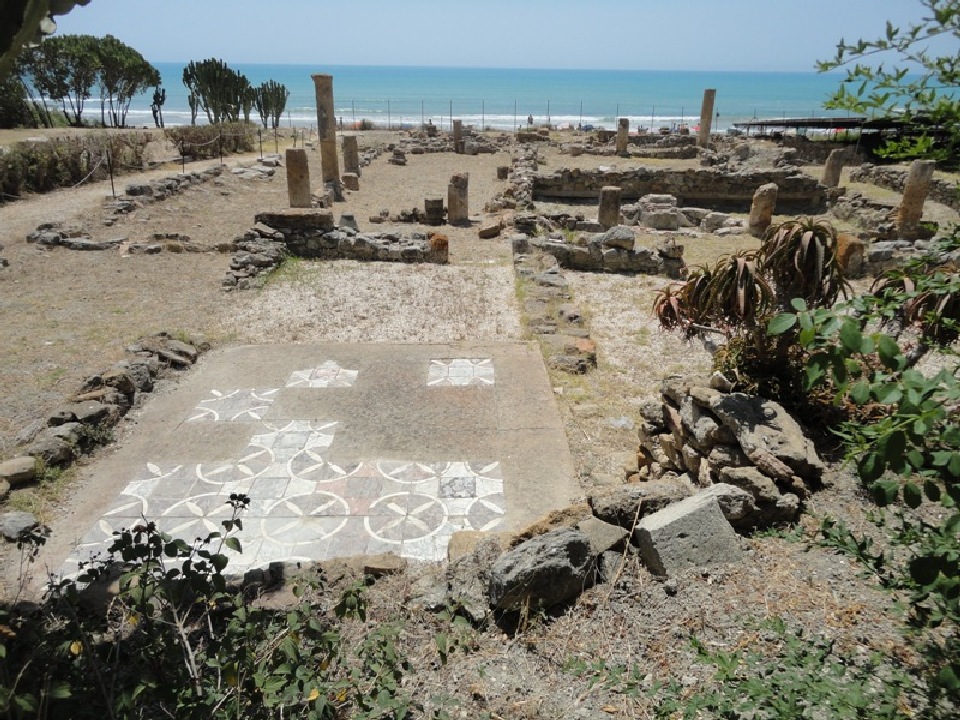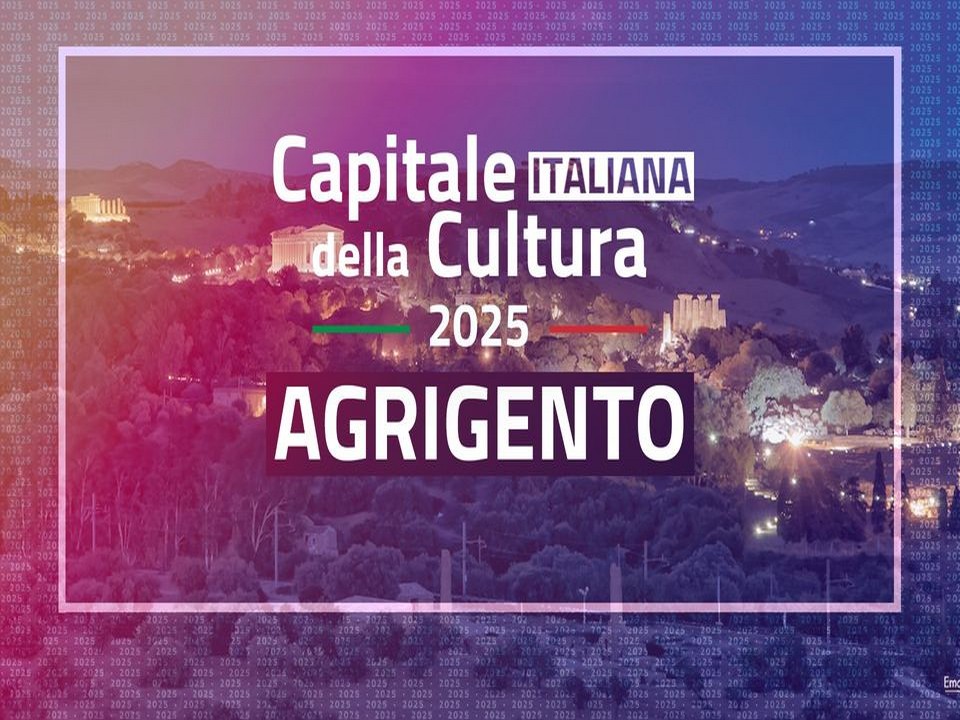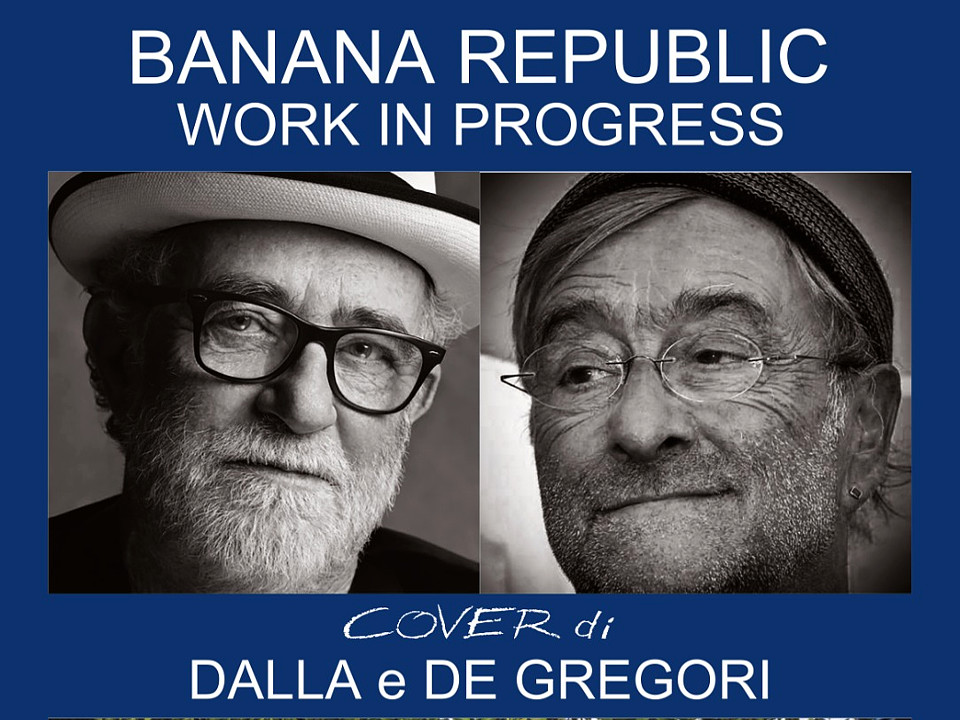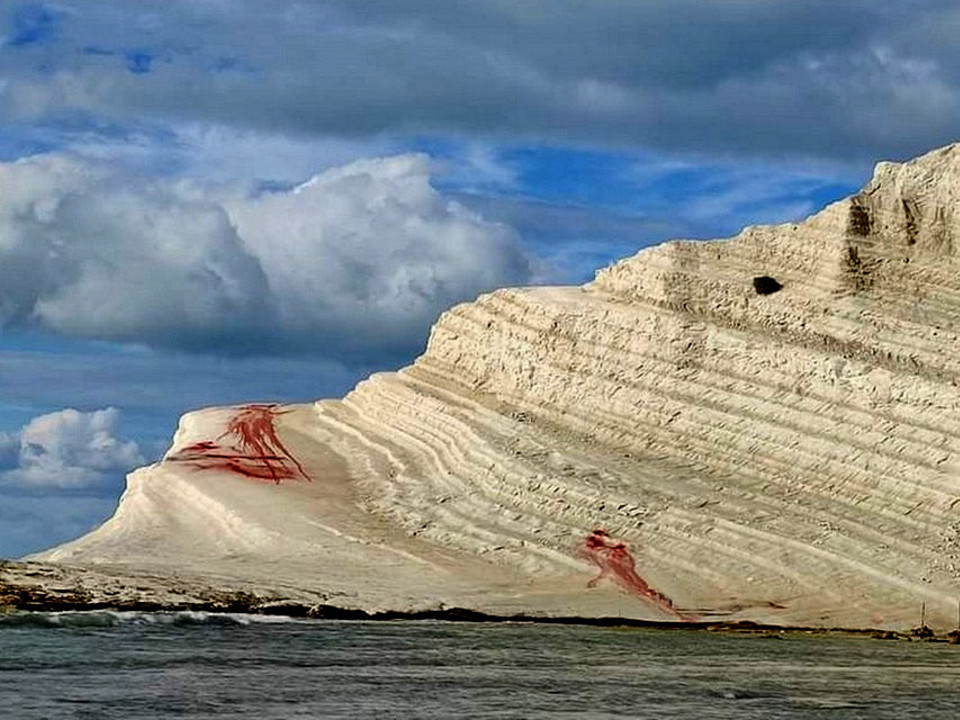Il quotidiano americano “The New York Times” del 10 gennaio ha ripreso la notizia degli atti vandalici alla Scala dei Turchi ed ha sottolineato l’impegno immediato delle istituzioni e della società civile per cancellare lo “scempio”.
Dalla Delegazione agrigentina del FAI, il Fondo per l’Ambiente Italiano ci informano sugli ultimi sviluppi della vicenda, divenuta “affare internazionale”.
THE NEW YORK TIMES
La corrispondente dall’Italia Elisabetta Povoledo ha raccontato, sulle colonne del News York Times del 10 gennaio 2022, la vandalizzazione della Scala dei Turchi, la scogliera rocciosa vicina ad Agrigento imbrattata con della polvere di ossido di ferro nella notte tra il 7 e l’8 gennaio e successivamente ripulita grazie all’impegno dei tecnici del Comune di Realmonte e di alcuni volontari.
La reporter del prestigioso quotidiano statunitense ha dato voce ai rappresentati delle istituzioni come il sindaco di Realmonte, Sabrina Lattuca, il comandante delle Forze dell’Ordine di Agrigento, Mauro La Rovere, che ha già identificato i colpevoli, il Soprintendente ai Beni Culturali, Michele Benfari, ed infine ha intervistato anche Giuseppe Taibi, Capodelegazione FAI di Agrigento e già Presidente FAI Sicilia:
«Prima della pandemia, il sito attirava circa un milione di visitatori all’anno», ha detto Giuseppe Taibi del FAI – Fondo per l’Ambiente italiano, l’organizzazione spesso indicata come il National Trust italiano, che con successo si è adoperata per fare demolire due costruzioni illegali edificate in loco. «È stata una vittoria importante in un’area della Sicilia tristemente nota per il suo record di abusivismo edilizio. Nel 2016 il FAI ha inaugurato un belvedere realizzato al posto di uno degli edifici demoliti. […] Oltre a rappresentare una modalità non invasiva di fruizione del luogo che ha permesso a moltissimi visitatori di ammirare la scogliera, questo progetto ha trasmesso un segnale molto forte. […] Il FAI inoltre ha promosso la Scala dei Turchi tra “I Luoghi del Cuore”, il censimento dei luoghi italiani da salvare. Scala dei Turchi è di fatto patrimonio dell’umanità e deve essere protetta».
THE GUARDIAN
Oltre all’importante testata di oltreoceano, “The New York Times”, anche il quotidiano britannico “The Guardian”, con un articolo dall’Italia a firma di Lorenzo Tondo, ha ripreso, lo scorso 12 gennaio, la notizia dell’atto vandalico. Il giornalista cita Andrea Camilleri ed il Commissario Montalbano e sottolinea che “La Scala dei Turchi è stata candidata allo status di patrimonio mondiale dell’Unesco nel 2019”.
IL FATTO
Alcuni “igno(ran)ti” (due soggetti recentemete individuati ed affidati alla Giustizia) hanno messo in atto “qualcosa” che non ti aspetti, che nessuno avrebbe mai poture neppure realizzare. Questi “signori” hanno deturpato, utilizzando vernice rossa e polvere di intonaco con ossidi di ferro, la candida e meravigliosa Scala dei Turchi di Realmonte, un bene dell’Umanità, una marna di bellezza incomparabile che tutto il mondo ci invidia.
Per i dettagli della vicenda, reportage fotografico e video compresi, si rimandano i lettori all’articolo comparso su questo stesso sito, dal titolo “Quando l’ignoranza si tinge di rosso…” si trova a questo link »
LE IMMAGINI
documentazione fotografica dello scempio operato da non più ignoti vandali
Riferimenti Web ai “vandali” della Scala:
- RagusaNews.com
- AlqamaH.it
- Palermo.LaRepubblica.it
- TG24.Sky.it
- LaSicilia.it
- Sicilia.Opinione.it
- QdS.it
- IlGiornale.it
- Agrigento.GdS.it
- IlPost.it
- MetroNews.it
- QuotidianoDiGela.it
- ADNKronos.com
- IlSole24Ore.com
- LaPresse.it
- ZaZoom.it
- CorriereNazionale.net
- AntennaUnoNotizie.it
- …e moltissimi altri post che documentano gli artefici dell’atto vandalico commesso
L’ARTICOLO

in lingua originale
Famed White Cliffs of Sicily Are Defaced in an Act of Vandalism
Vandals stained a cliff formation known as the Staircase of the Turks with red splotches over the weekend. Residents of a nearby town banded together for a successful cleanup.
Published Jan. 10, 2022
ROME — Saturday was a bad news, good news sort of day for Sabrina Lattuca, the mayor of Realmonte, a small town on the western coast of Sicily.
She awoke that morning to find that vandals had thrown iron oxide powder across the white cliffs known as the Scala dei Turchi, or Staircase of the Turks, staining Realmonte’s principal tourist draw with bloody red blotches.
But by nightfall, much of the damage had been undone thanks to the efforts of a crew of cultural heritage experts, municipal workers and local citizens who spent the day scrubbing the site with the aid of mops, brooms and water pumps.
“They are an example of the best of Sicily,” Ms. Lattuca said of the people who helped with the cleanup. In 24 hours, she added, “this teamwork was able to restore beauty and splendor to the Scala dei Turchi.”
Molded by waves and wind over millenniums into a grandiose natural staircase, legend has it that it was the favorite landing spot of pirates and invaders from faraway lands, like the Turks, hence its name.
Long a seaside draw for Sicilians, the marlstone cliffs achieved a wider fame thanks to a series of crime novels featuring Inspector Salvo Montalbano by the late Italian writer Andrea Camilleri, who lauded the site’s “astonishing beauty” The works were later turned into a popular TV series.
And they also achieved cinematic renown in Giuseppe Tornatore’s “Malena” and other films.
Investigators in Agrigento, the area’s largest city, about 10 miles to the east of the Scala dei Turchi, are now scouring videos taken from surveillance cameras on the roads leading to the site on the night between Friday and Saturday, when the vandalism took place.
A government handout photo showing technicians and volunteers working to remove the red stains from the defaced Scala dei Turchi on Saturday.
Major Marco La Rovere, the commander of the military police branch of Agrigento, which is investigating the case, said his officers and local prosecutors had “an idea” of who might have vandalized the site, which had been defaced by graffiti in the past. Now, they were searching for evidence to back up their hunch, he said, declining to give details. “It’s an open investigation,” he said.
Ms. Lattuca had no doubts that the vandalism “was the work of a madman.”
“There is no other explanation for such an absurd act,” she said.
Michele Benfari, Agrigento’s top cultural heritage official, instead said the “gaping wound” left by the oxide powder might have been a statement left by a “disillusioned artist” grappling with the tragedy of the pandemic.
He cited one artist who made headlines when he threw red dye in Rome’s Trevi fountain in 2007 and dumped thousands of colorful balls on the Spanish Steps a year later.
“That could be one interpretation,” he said. Acts of vandalism had been rare in his area of Sicily, he said.
Fortunately, Mr. Benfari noted, the iron oxide powder used by the vandals is relatively harmless if it isn’t mixed with other chemicals. Special vacuum cleaners were used to remove the powder and the remaining traces were scrubbed clean using a simple soap on some patches.
“We were lucky,” he said.
The Scala dei Turchi is currently closed to the public on safety grounds, as well as over concerns that the site was being damaged by mass tourism. It is also the subject of litigation to determine ownership of parts of the site between the region, the local government and a private individual.
Before the pandemic, the site drew an estimated one million visitors a year, said Giuseppe Taibi, the local representatives for the Fondo Ambiente Italiano, an organization often referred to as the National Trust of Italy, which in past years successfully lobbied to demolish two illegal structures that had been built there.
It was a major victory in an area of Sicily infamous for its dismal track record in illegal construction projects. In 2016, the Fondo Ambiente Italiano inaugurated a lookout deck overlooking the cliffs on the former site of one of the demolished buildings.
“That sent a strong signal,” said Mr. Taibi. “It’s also a way to admire the site without destroying it,” by allowing too many visitors, he said.
The Fondo has also promoted the Scala dei Turchi on its list of places to safeguard in Italy. “It is de facto a patrimony of humanity that must be protected,” Mr. Taibi said.
Locals clearly agreed.
“As soon as we heard that Scala dei Turchi had been defaced, we rolled up our sleeves and got to work,” said Claudio Lombardo, who heads the local branch of the environmental association MareAmico, which monitors and conserves coastal areas.
“As it is so snow-white, so pure,” the Scala dei Turchi “is the emblem of a clean and honest Sicily, and it must be preserved and protected,” said Ms. Lattuca, the mayor.
LINK
L’articolo completo, in lingua originale, è visionabile sulle pagine web del noto giornale americano.
#vandalidellascala | #faiagrigento | #giuseppetaibi


















